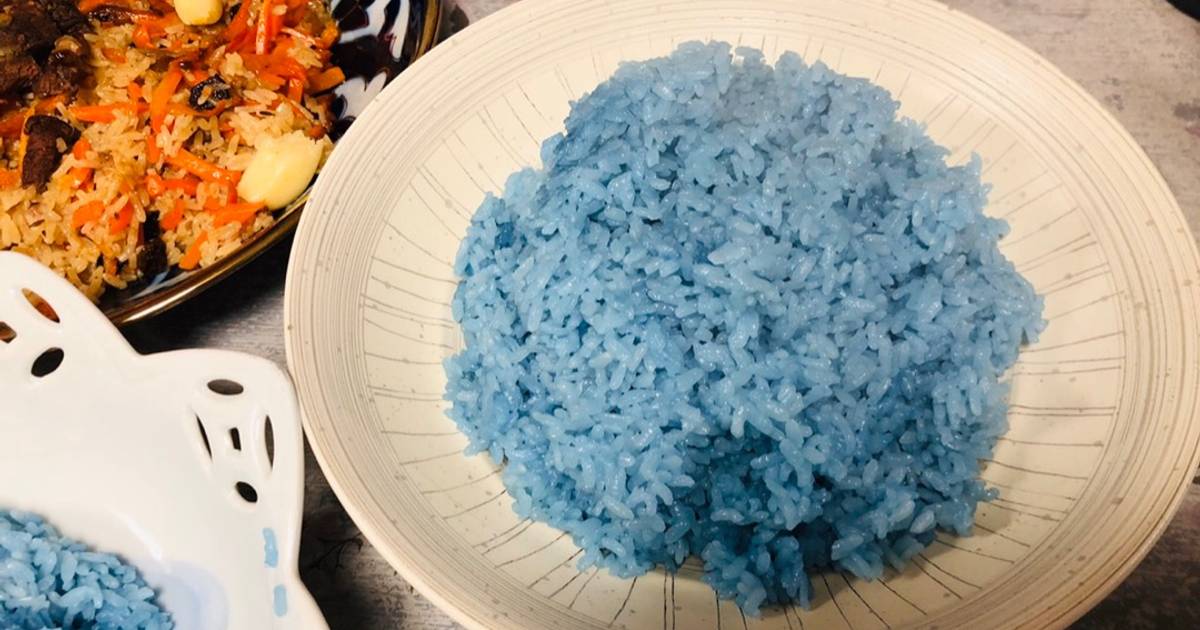
Blue Rice Production Increased by 19% in sudan
In a remarkable turn of events that has caught the attention of agricultural experts and food enthusiasts alike, Sudan has reported a staggering 19% increase in the production of blue rice, a specialty crop that has been gaining popularity for its unique color, nutritional benefits, and potential economic impact. This surge in production not only highlights Sudan’s growing role in the global agricultural sector but also sheds light on the innovative farming techniques and sustainable practices that have contributed to this success.
The Rise of Blue Rice in Sudan: A Deep Dive into Its Success
Blue rice, known for its distinctive hue and high anthocyanin content, has traditionally been cultivated in small quantities in various parts of Asia. However, Sudan’s recent focus on this crop has transformed it into a significant agricultural endeavor, contributing to the country’s food security and opening new avenues for export.
The 19% increase in production can be attributed to several key factors, including the adoption of advanced agricultural technologies, improved irrigation methods, and the introduction of high-yield crop varieties. Moreover, the Sudanese government, in collaboration with international agricultural bodies, has implemented training programs for farmers, focusing on sustainable farming practices and efficient water use.
Economic and Nutritional Implications
The economic implications of this increase are profound. Blue rice commands a higher market price than its white counterpart due to its unique properties and health benefits. Rich in antioxidants, particularly anthocyanins, which give the rice its blue color, it has been linked to numerous health benefits, including reduced risk of heart disease and obesity. This has led to a growing demand in international markets, particularly among health-conscious consumers and those interested in culinary novelty.
For Sudan, a country that has faced economic challenges and food security issues, the success of blue rice production represents a significant step forward. It not only diversifies the agricultural sector but also provides farmers with a more lucrative crop option, potentially lifting communities out of poverty and stimulating economic growth in rural areas.
Innovative Farming Techniques: The Backbone of Success
The increase in blue rice production in Sudan is also a testament to the innovative farming techniques adopted by local farmers. These include precision farming practices, which involve the use of GPS technology and drones to monitor crop health and optimize water usage, and sustainable pest management strategies that reduce the need for chemical pesticides.
Furthermore, the use of organic fertilizers and the implementation of crop rotation practices have improved soil health, leading to higher yields. These techniques not only contribute to the increased production of blue rice but also promote environmental sustainability and resilience to climate change.
Challenges and Future Prospects
Despite the success, challenges remain. These include the need for further investment in agricultural infrastructure, research into crop disease resistance, and the development of markets for blue rice both domestically and internationally. Additionally, climate change poses a significant threat to agricultural productivity, necessitating ongoing efforts to adapt and mitigate its impacts.
Looking ahead, the future of blue rice production in Sudan appears promising. With continued investment in research and development, expansion of international markets, and a focus on sustainable farming practices, blue rice has the potential to become a staple crop that contributes significantly to the country’s economy and food security.
Conclusion
The 19% increase in blue rice production in Sudan is a remarkable achievement that underscores the potential of innovative agricultural practices and sustainable farming in transforming the agricultural sector. It not only enhances food security but also offers economic benefits to farmers and contributes to the diversification of Sudan’s agricultural exports. As Sudan continues to navigate the challenges and opportunities ahead, the success of its blue rice production serves as a beacon of innovation and resilience, promising a brighter future for its people and the global community.


